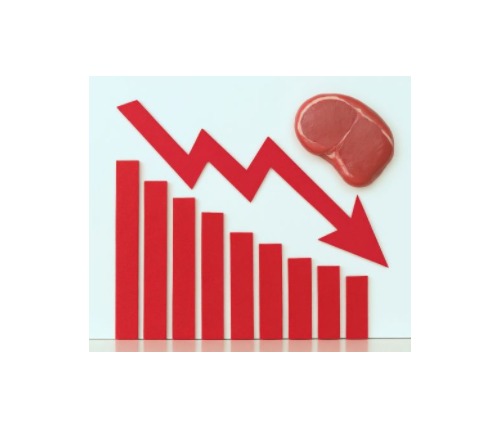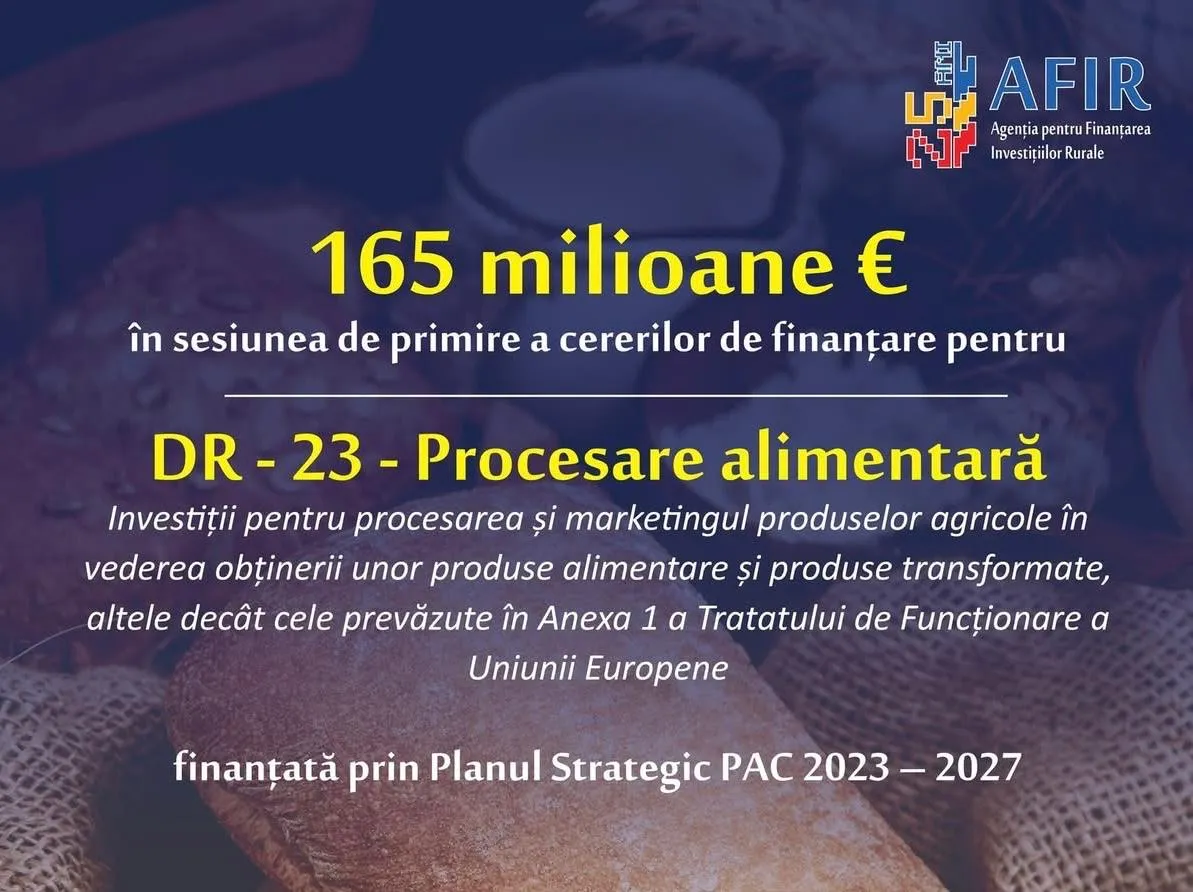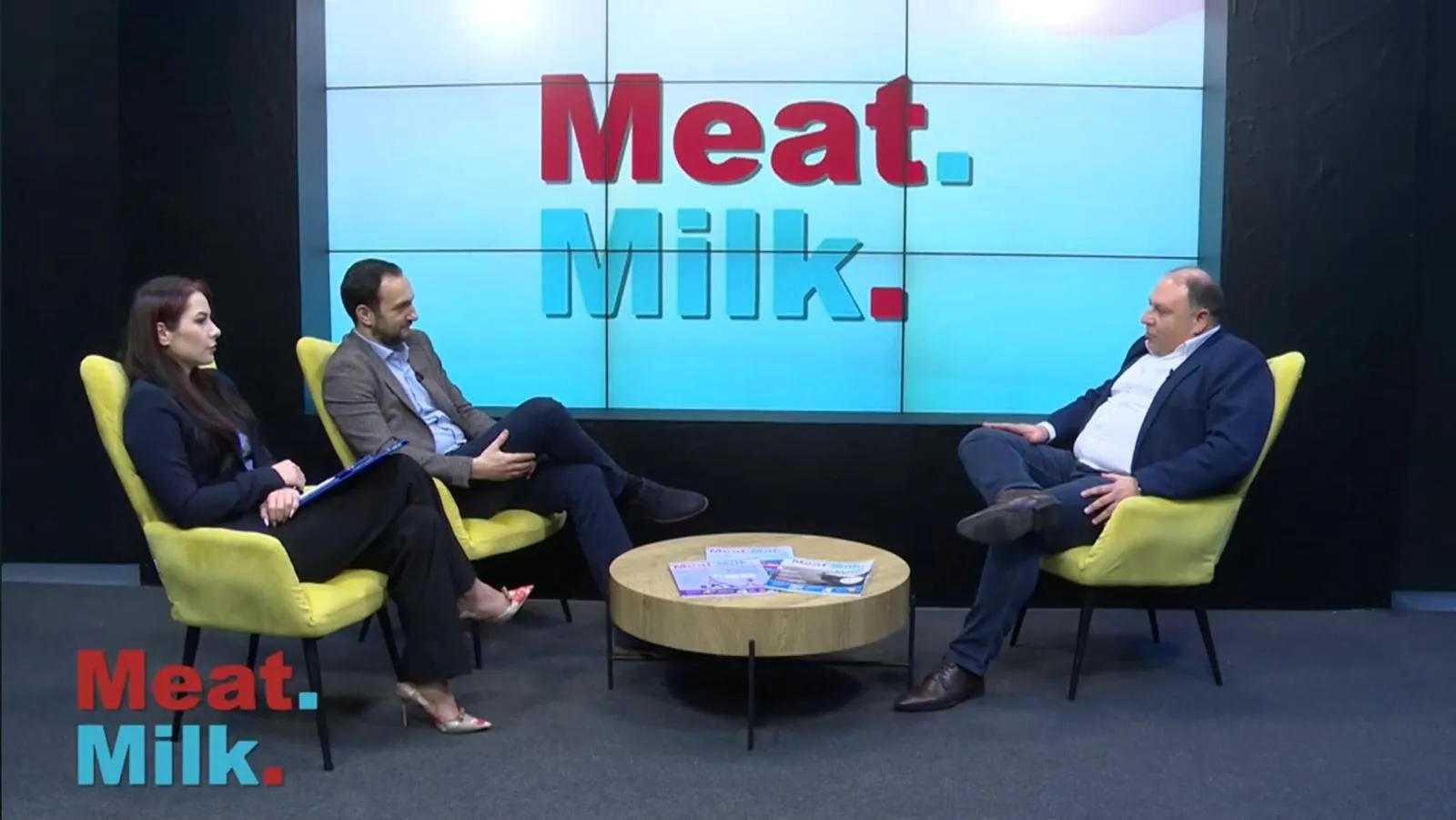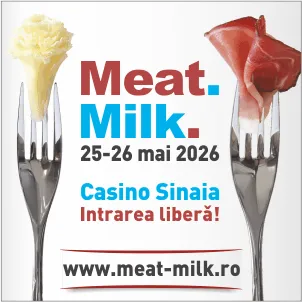626

Meat consumption is undergoing a global transformation, and Romania is no exception. According to FAO, global per capita meat consumption fell by 2% in 2024, marking the first significant decline in the past decade.
In Romania, INS reported an annual consumption of 78 kg per capita, but the consumption structure is changing: pork remains dominant at 42 kg, while poultry consumption is steadily increasing, and beef remains stagnant. A 2024 Eurobarometer survey shows that 36% of Romanians are trying to reduce their meat portions, citing health and economic reasons.
Young people in urban areas are the most receptive to alternatives, opting for white meat or plant-based products. “The trend of reducing meat consumption is no longer just an experiment, but a reality the industry must accept,” a market analyst stated. At the same time, the industry is facing legislative pressures, such as the “Farm to Fork” Strategy, which encourages reducing red meat consumption. For processors, this shift is both a challenge and an opportunity to diversify their portfolios with healthy and sustainable products.
Examples from Western countries show that companies which quickly adapted to these trends have succeeded in increasing their sales in premium segments. In conclusion, the decline in meat consumption appears to be a structural transformation, and Romania must align with this reality to remain competitive.
(Photo: Freepik)





